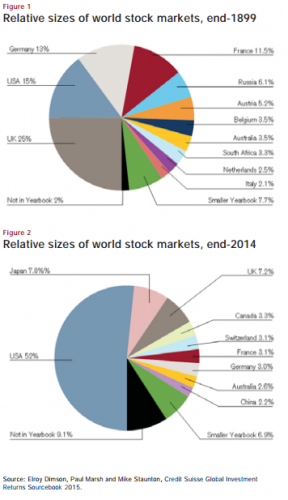When Best Buy first moved into town maybe 15-20 years ago I was excited. I could spend hours in there looking at gadgets, components, routers, TV’s, and had thoughts and dreams of tying them all together. Later, Fry’s opened up, and you could walk through the aisles and buy all the pieces to build your own PC out of parts and make it the hottest gaming platform in town.
Recently I saw this article in Business Insider (I really like that app / site / etc…) about how to upgrade your MacBook pro (the machine I am writing this blog post on). If you have an earlier model (2011-2), you could spend less than $200 to upgrade your RAM and install an SSD drive (one without moving parts, essentially a big memory chip) and pull out your old (mechanical) hard drive and your machine will then give you many more years of excellent Apple service. Apple’s integrated operating system / hardware plan means that my older machine takes advantage of all the new features in every software upgrade of the operating system (now my Mac “rings” when I get an iphone call and that is a bit annoying but who’s complaining) as long as it has the horsepower to keep up.
So I took the (minor) plunge and went on Amazon and bought an SSD drive and upgraded RAM and it arrive in a couple of days for less than $200. I am going to take this over to my friend Brian’s house since he’s better at this than me and we are going to take apart the machine and put in the new drive and memory.
The real point of this story, however, is that the implicit industry of “taking apart devices and rebuilding them” that existed on the consumer side for the last 30 or so years (that I have been part of, at least) is dying. You can’t take apart newer Apple machines and upgrade them. While you can theoretically “jailbreak” your iPhone, fewer and fewer people I know even think of that and instead they are part of the world that views them as integrated devices that you can either use, take to a tech, or replace.
Read more

